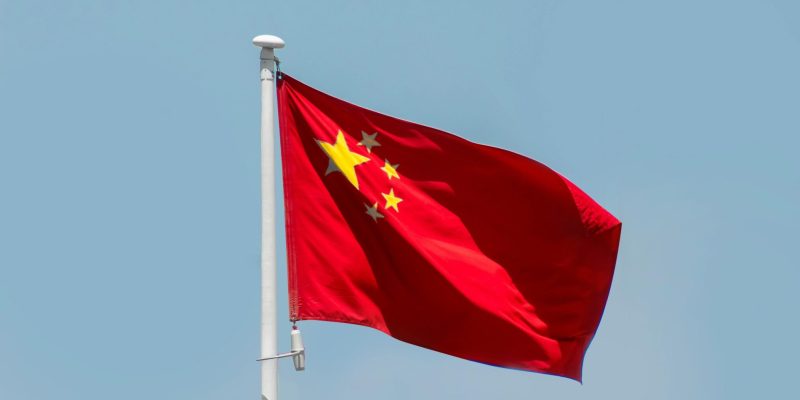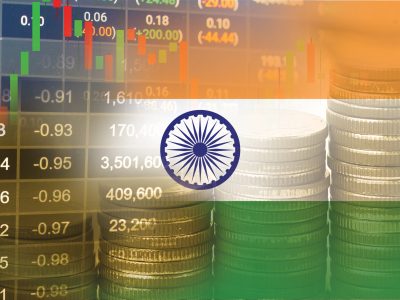
China has made significant moves to stimulate its economy over the past months, mainly due to mounting economic pressures.
The People’s Bank of China (PBoC) recently implemented one of its most aggressive rate cuts in years, lowering the one-year loan prime rate (LPR) to 3.1% from 3.35%, and the five-year LPR to 3.6% from 3.85%.
This decision, while expected, underscores the urgency with which Chinese policymakers are attempting to reignite growth. But is this monetary easing enough to pull the world’s second-largest economy out of its slump?
China’s struggling economy
China’s economic landscape has become increasingly challenging. The country is grappling with a property market slowdown, weak consumer demand, and deflationary pressures.
Recent data showed that GDP growth reached just 4.6% in the third quarter of 2024—well below the government’s year-end target of around 5%.
The latest rate cuts aim to address these issues by reducing borrowing costs and increasing liquidity for businesses and households.
The timing of these cuts is critical. Following a broader easing package in September, which included reductions in mortgage rates and measures to stabilize the stock market, this move further highlights the government’s commitment to hitting its growth target.
Lower interest rates are designed to stimulate spending and investment, particularly in the property sector, which remains a crucial part of the Chinese economy, accounting for nearly 30% of GDP.
For global investors, these efforts have been a relief, offering a renewed sense of optimism.
Following the rate cuts, China’s stock indices, like the CSI 300, saw modest gains. Small-cap stocks outperformed, while the property market showed some signs of stabilization.
Yet, despite these positive signals, questions remain about the depth and sustainability of the recovery.
Why China’s monetary easing might not be enough
China’s latest monetary moves have undoubtedly eased some immediate pressures, but they have their limitations.
Rate cuts alone cannot solve the deeper structural challenges facing the Chinese economy.
Consumer confidence remains low, heavily influenced by the property sector’s struggles and fears of deflation.
Households and businesses, while now able to borrow more cheaply, are still hesitant to spend or invest.
This reluctance points to a critical issue: demand-side weaknesses. Even with lower borrowing costs, many Chinese consumers are wary, preferring to save rather than spend amid economic uncertainty.
The recent housing market downturn has added to their caution, eroding household wealth and dampening appetite for new purchases.
In such an environment, the liquidity unlocked by rate cuts risks staying trapped in the banking system, rather than flowing into the real economy where it could spur growth.
Analysts argue that what China truly needs is a more robust fiscal response. A large-scale fiscal stimulus could put cash directly into the hands of households, boosting consumption.
Such a strategy could include targeted measures like tax cuts, subsidies, or direct cash transfers.
These measures would help offset the impact of rising living costs and stagnant wages, addressing the root of China’s demand problem.
Shift in Xi’s strategy?
The current wave of rate cuts also signals a potential shift in strategy from Beijing.
Since 2021, President Xi Jinping has focused on reshaping China’s economic structure.
His vision prioritizes investment in technology-intensive manufacturing over sectors like real estate and consumer-facing tech, which he views as less critical to national power.
By shifting capital away from these sectors, Xi aims to build a self-sufficient economy that can withstand geopolitical pressures, particularly from the US.
However, recent economic data suggests that this strategy has reached its limits. The property sector remains in distress, consumer spending is subdued, and confidence in the market is fragile.
To keep the economy stable, Xi and his policymakers have realized they must provide more immediate support to prevent further economic deterioration.
This is why recent monetary easing measures have been accompanied by calls for greater fiscal intervention, a recognition that focusing solely on long-term structural changes is not enough in the face of short-term economic pressures.
The question now is whether Beijing is willing to pivot further, embracing a more aggressive fiscal approach that directly targets consumer spending.
While recent statements from Chinese leaders hint at the potential for additional stimulus, there is still a hesitance to repeat past mistakes, such as those of 2008-09, which led to a massive buildup of local government debt.
The challenge for Beijing will be finding the balance between stimulating growth now and maintaining the long-term stability of its economic system.
Can a fiscal boost finally bridge the gap?
Many experts believe that the missing piece for China’s recovery lies in a targeted fiscal package.
While the PBoC’s rate cuts have been a step in the right direction, they are unlikely to fully address the lack of demand that continues to weigh on China’s economy. Fiscal measures aimed at households could be the key to unlocking a broader recovery.
A targeted fiscal package could include direct cash transfers to households or subsidies for key consumption areas like housing or durable goods.
Such measures would not only help revive spending but also support the struggling property market, which is crucial for restoring overall economic confidence.
A boost in household income could also alleviate deflationary pressures, as increased spending would create a healthier balance between supply and demand.
Investors are watching closely for signs of this shift. Global markets tend to react positively when China signals strong policy intervention, as it boosts confidence in the broader Asian and global economic outlook.
Should Beijing move forward with a fiscal plan, it could help stabilize China’s growth path and ease concerns over a deeper slowdown.
China’s fragile recovery with key decisions ahead
China’s recent rate cuts have set the stage for a potential economic recovery, but the path forward remains uncertain.
While these monetary measures have injected a sense of urgency and optimism into the market, they are unlikely to be sufficient on their own.
China’s economic challenges are complex, with deep-rooted demand-side issues that require more than just cheaper loans to address.
The question is whether China’s leadership will take the next step with a robust fiscal stimulus, targeting the households and sectors that need support most.
Doing so could provide the necessary spark for sustained growth, helping China achieve its year-end target and reassuring global markets of its resilience.
Yet, such a decision comes with risks. Balancing immediate economic needs with long-term goals of stability and self-sufficiency will require careful maneuvering.
The post What is the end goal of China’s stimulus plan? appeared first on Invezz









